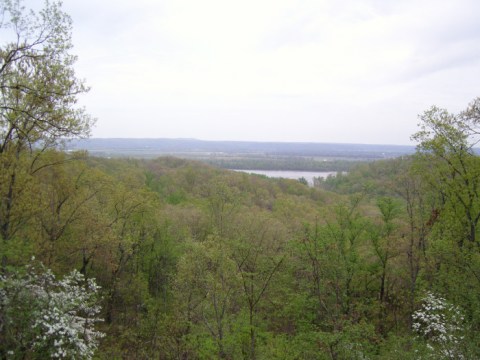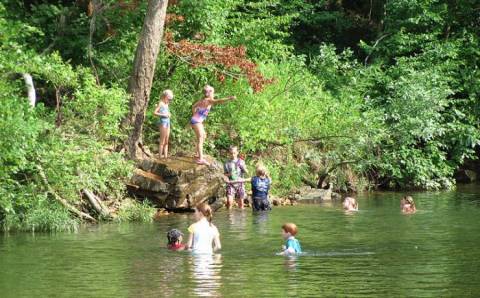You’ll Never Guess What's Hidden Inside This Missouri State Park
Ha Ha Tonka State Park is a beautiful public recreation area located on the Niangua arm of the Lake of the Ozarks. The name “ha ha tonka” comes from area Native Americans and means “laughing waters,” alluding to the springs. The park covers over 3,700 acres and includes over 15 miles of hiking trails that lead to caves, natural bridges, and magnificent scenery. However, the park’s most extraordinary feature is the ruins of a stone mansion modeled after 16th century European castles.

Robert M. Snyder was a successful Kansas City businessman who, in 1904, purchased Ha Ha Tonka Lake and Spring in Camden County totaling over 5,000 acres. He immediately began constructing roads and making improvements to the land and planned to make it his private haven away from business pressures and city life. He chose a site on the rocky summit for his retirement home, and envisioned building a European-style stone castle.
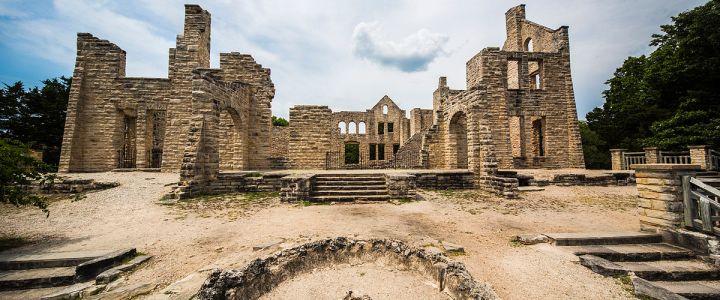
Snyder was one of seven children, and was born Columbus, Indiana in 1852 to John and Sarah Snyder. His father, grandfather and great-grandfather had all been millers by trade, and had owned mills and grocery stores in Virginia, Kentucky, Indiana and Missouri. In 1876, at the age of 24, Snyder moved to St. Louis and worked in the wholesale grocery business. He continued to grow in this business, relocating to Kansas City in 1880. As his success grew, he would later branch into real estate speculation, banking and utilities, including the Snyder Gas Company.
Advertisement
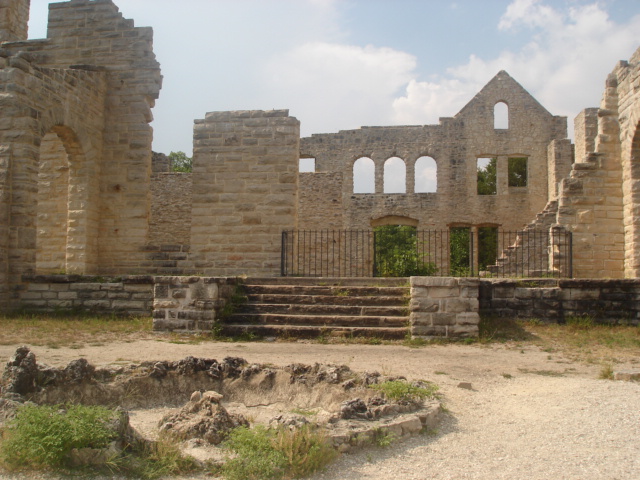
By the time he purchased the Ha Ha Tonka lands in 1904, he had amassed quite a fortune. His wealth included numerous land and real estate holdings, oil and natural gas wells, herds of cattle, banking interests and investments across the country.
Advertisement

He started building the castle in 1905, bringing in Scottish stone masons and looking forward to realizing his dream. Sadly, Snyder was killed in one of Missouri’s very first automobile accidents in 1906. While being driven by his chauffeur in Kansas City, a 13-year-old boy ran in front of his vehicle from behind a trolley. When the driver swerved to miss the boy, Snyder was thrown from the back seat and into an iron trolley pole. The base of his skull was fractured and he was killed instantly. The driver was unable to avoid hitting the boy and he was killed also.
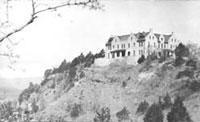
Following Snyder’s death, his sons, Robert Jr., Leroy, and Kenneth continued the project on a smaller scale. By the late 1920s they had completed the stone mansion, several carriage houses and a water tower. Water was pumped by an electric pump from the spring at the bottom of the bluff up to the water tower. The castle served as a hotel until it was destroyed by fire in 1942.

The fire in 1942 started when chimney sparks set the roof on fire. The castle and the carriage houses were completely destroyed. In 1976, the water tower was destroyed when burned by vandals. A sad end to a beautiful dream.

The state of Missouri purchased the land and castle grounds in 1978 and opened it to the public as a state park. The water tower was repaired in 2004, with a new roof installed, and the castle walls have been stabilized. Today, the stone skeleton of Snyder’s castle stands as an artistic rock sculpture, with a sweeping view of the Lake of the Ozarks far below.

The park’s Castle Trail is a moderate, 0.4-mile trail that provides access to the ruins and spectacular views of the Lake of the Ozarks. It is one of the park’s most popular trails, and was created in 1980 by park staff and volunteers. It can be accessed from either of the two castle parking lots. Although the upper lot has limited parking, it is recommended for people with disabilities or limitations. The lower lot is the first you come to, and provides more parking spots.
Advertisement
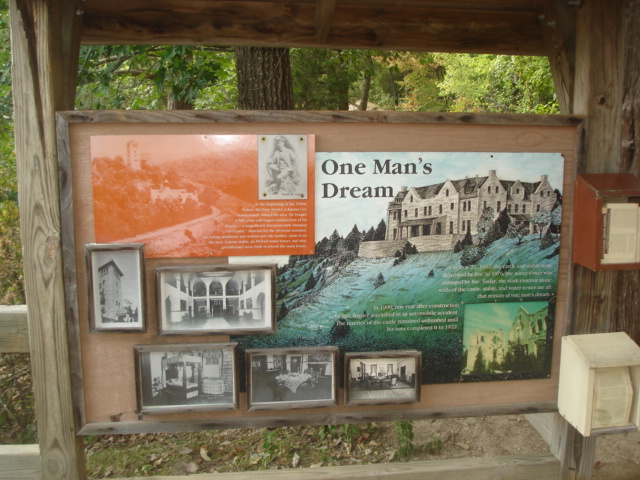
A shaded walk from the lower parking lot through an open oak woodland area brings hikers to where the trail joins the upper portion. At this point, there are two side views of the carriage house ruins. An interpretive kiosk with information and history, and a water fountain can be found at this junction. Three scenic overlooks are located on the upper portion of trail. There are plenty of places to rest, with a total of 12 park benches along the trail and on the overlooks.
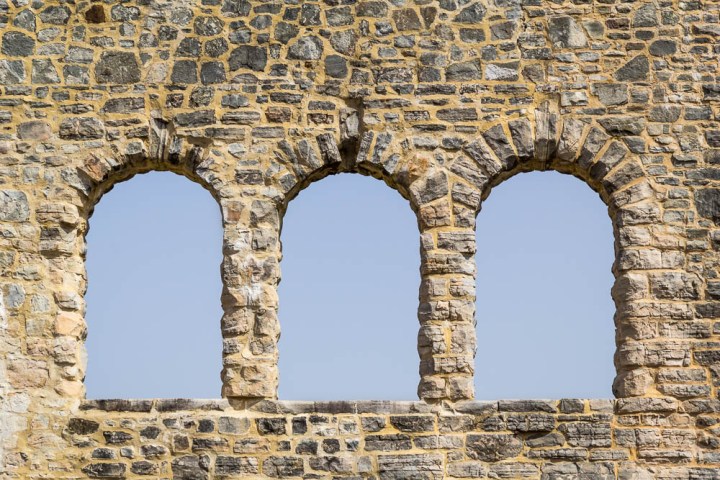
Although the castle and trail are the most popular attractions, visitors to Ha Ha Tonka State Park have many other trails and boardwalks to choose from. They lead to many other park features that were created by the land’s porous karst geology including tunnels, caverns, springs and sinkholes. One boardwalk takes you from the castle to the spring, which daily produces 48 million gallons of 58-degree water.
For a closeup look at the Ha Ha Tonka Castle ruins and the park trails, check out this video by captmoonbeam:
For a closeup look at the Ha Ha Tonka Castle ruins and the park trails, check out this video by captmoonbeam:
Have you visited this castle or this park? What was your experience? Share in the comments below.
OnlyInYourState may earn compensation through affiliate links in this article. As an Amazon Associate, we earn from qualifying purchases.


